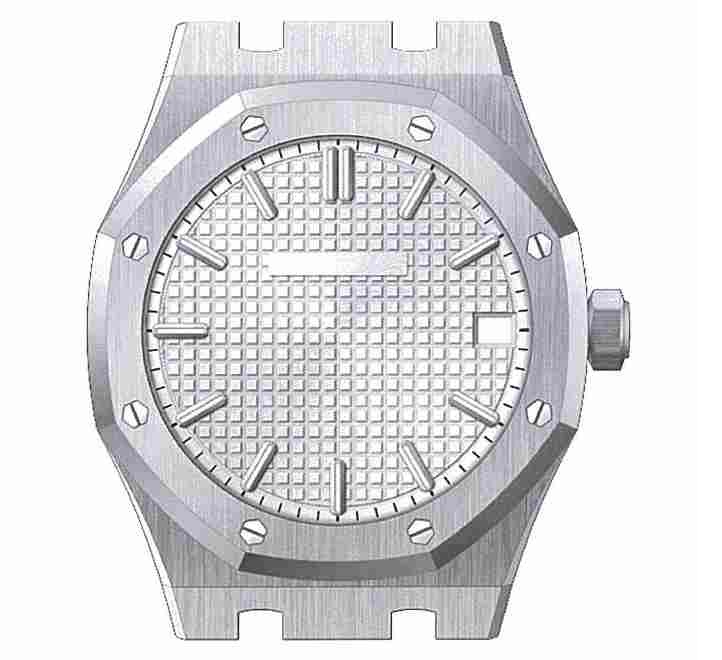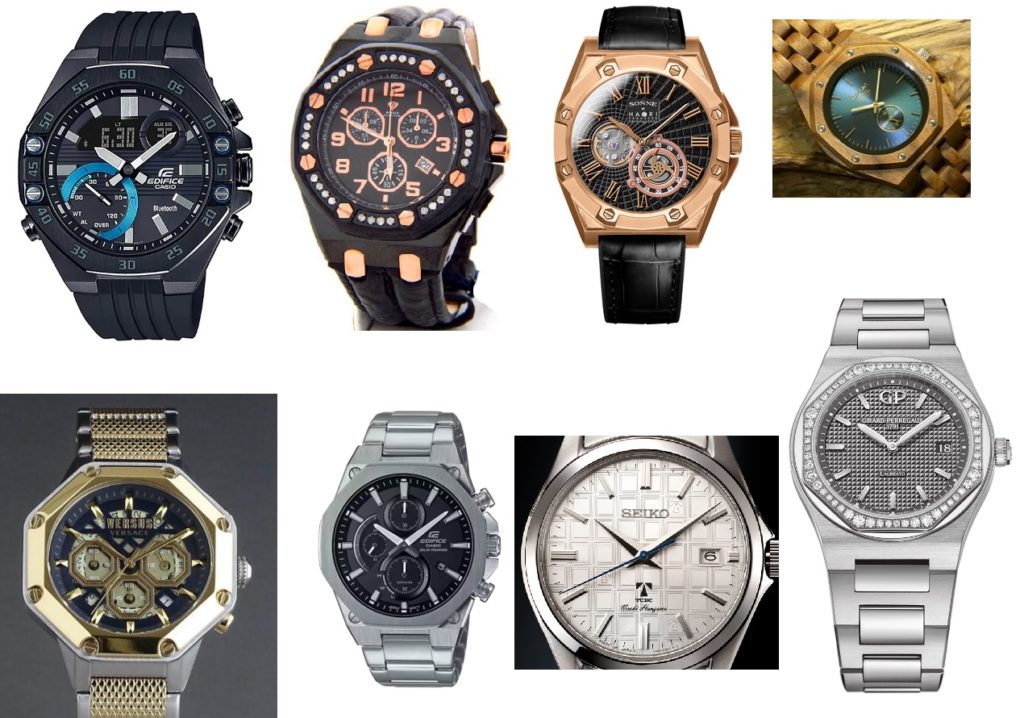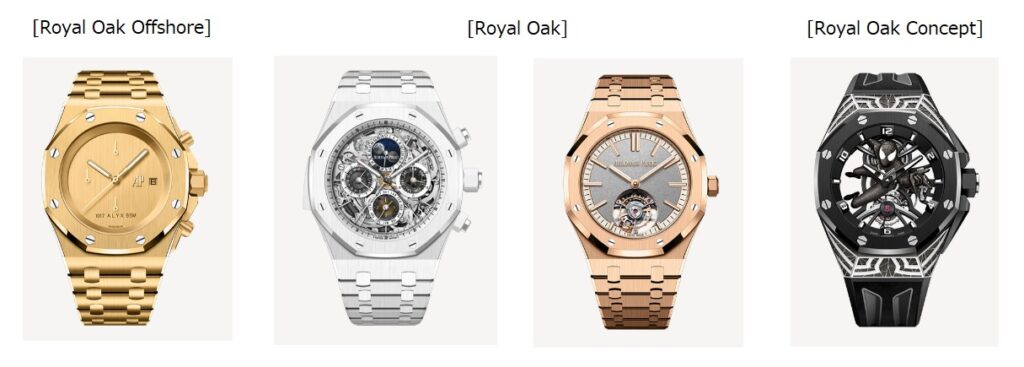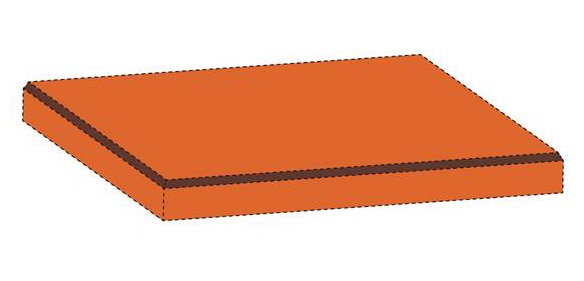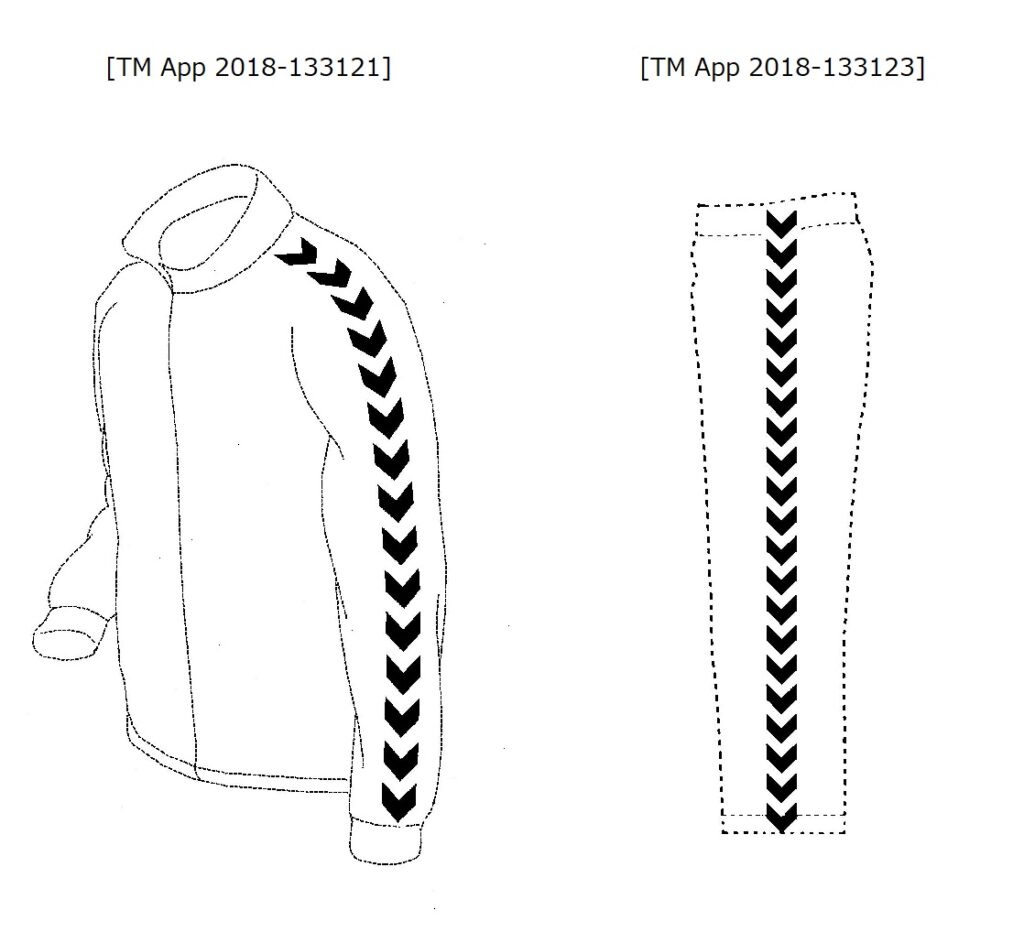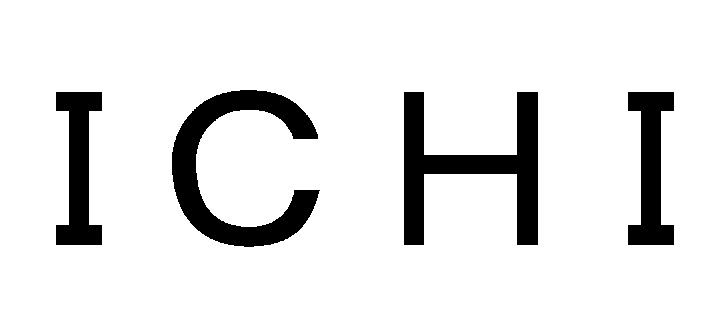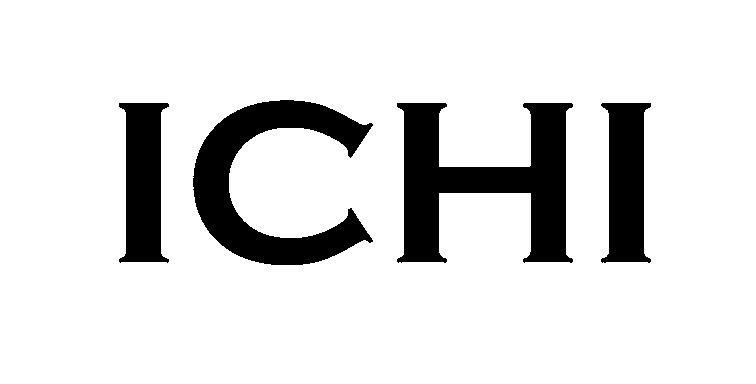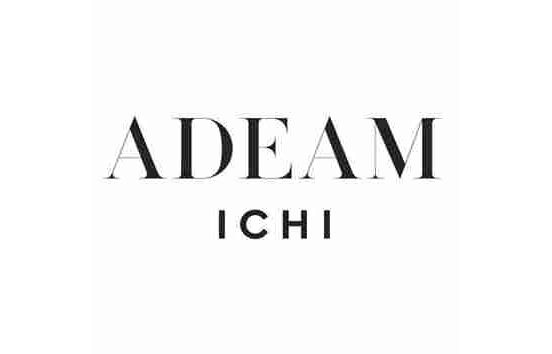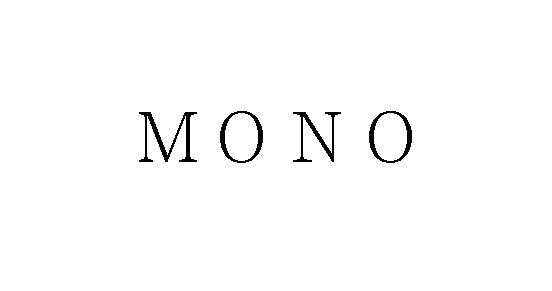In an invalidation trial against TM Reg no. 6389929 for word mark “FORTNIGHT” in classes 9, 16, 28, 35, 41 and 43, the Japan Patent Office (JPO) did not rule in favor of Epic Games, Inc. due to an unlikelihood of confusion with “FORTNITE”.
[Invalidation case no. 2023-890068, decided on May 9, 2024]
FORTNIGHT
A Japanese company sought registration of word mark “FORTNIGHT” in standard character for use on various goods and services in classes 9, 16, 28, 35, 41 and 43 (including games) with the JPO on June 4, 2018 (TM App no. 2028-79647).
The JPO examiner rejected the mark due to a likelihood of confusion with famous game software and distribution platform “FORTNITE” managed by Epic Games, Inc.
However, the JPO Appeal Board disaffirmed the rejection by stating that there is no reason to find “FORTNITE” has been widely recognized among relevant consumers to indicate Epic business and the applicant deleted games from designation. If so, it is unlikely that relevant consumers would not confuse the source of goods and service bearing “FORTNIGHT” with Epic’s “FORTNITE”.
The mark “FORTNIGHT” was registered on June 8, 2021.
Invalidation action by Epic Games, Inc.
Epic Games, Inc. is an American video game development and distribution company, widely known for the success of “Fortnite”, a free multiplayer online video game first released in 2017, and its game marketplace. On August 10, 2021, Epic filed a post-grant opposition against TM Reg no. 6389929 “FORTNIGHT” on August 10, 2021, but the opposition was unsuccessful (Opposition case no. 2021-900304).
On August 22, 2023, Epic filed an invalidation action and claimed that the mark “FORTNIGHT” should be invalidated in contravention of Article 4(1)(xv) and (xix) of the Japan Trademark Law.
Epic repeatedly argued “FORTNIGHT” has a high degree of similarity to “FORTNITE” from visual, phonetical and conceptual points of view. Taking account of famous online game “FORTNITE” among game users and close relation between online games and the goods and services in question, relevant consumers are likely to confuse “FORTNIGHT” with “FORTNITE”.
Given that the initial filing designated the game in question, it is presumed that the company had knowledge of the well-known online game software “FORTNITE” and aimed to benefit from its reputation.
JPO decision
The JPO Invalidation Board found that “FORTNITE” has been widely recognized to indicate video games of Epic among consumers and traders in video game industry. However, given that the launch of the video games in Japan precedes the application date of the mark “FORTNIGHT” by three months, such recognition would be limited to the industry.
With regard to the similarity of the marks, the Board stated, “Although “FORTNIGHT” and “FORTNITE” share the same sound, they are distinguishable in appearance, and the concepts are not comparable. In assessing the overall impression, the Board has a reason to find a low degree of similarity between the marks.”
In light of the aforementioned findings, the Board determined that relevant consumers are unlikely to confuse the source of the goods and services in question bearing the mark “FORTNIGHT” with “FORTNITE.”
Furthermore, there is no evidence to suggest that the applicant had any malicious intention of free-riding on or damaging Epic’s online video games “FORTNITE.”
Consequently, the Board dismissed the invalidation action and declared the validity of TM Reg. No. 6389929.





